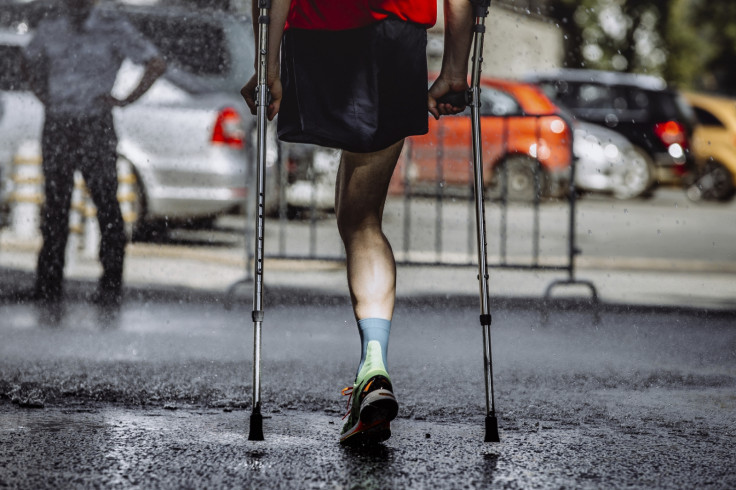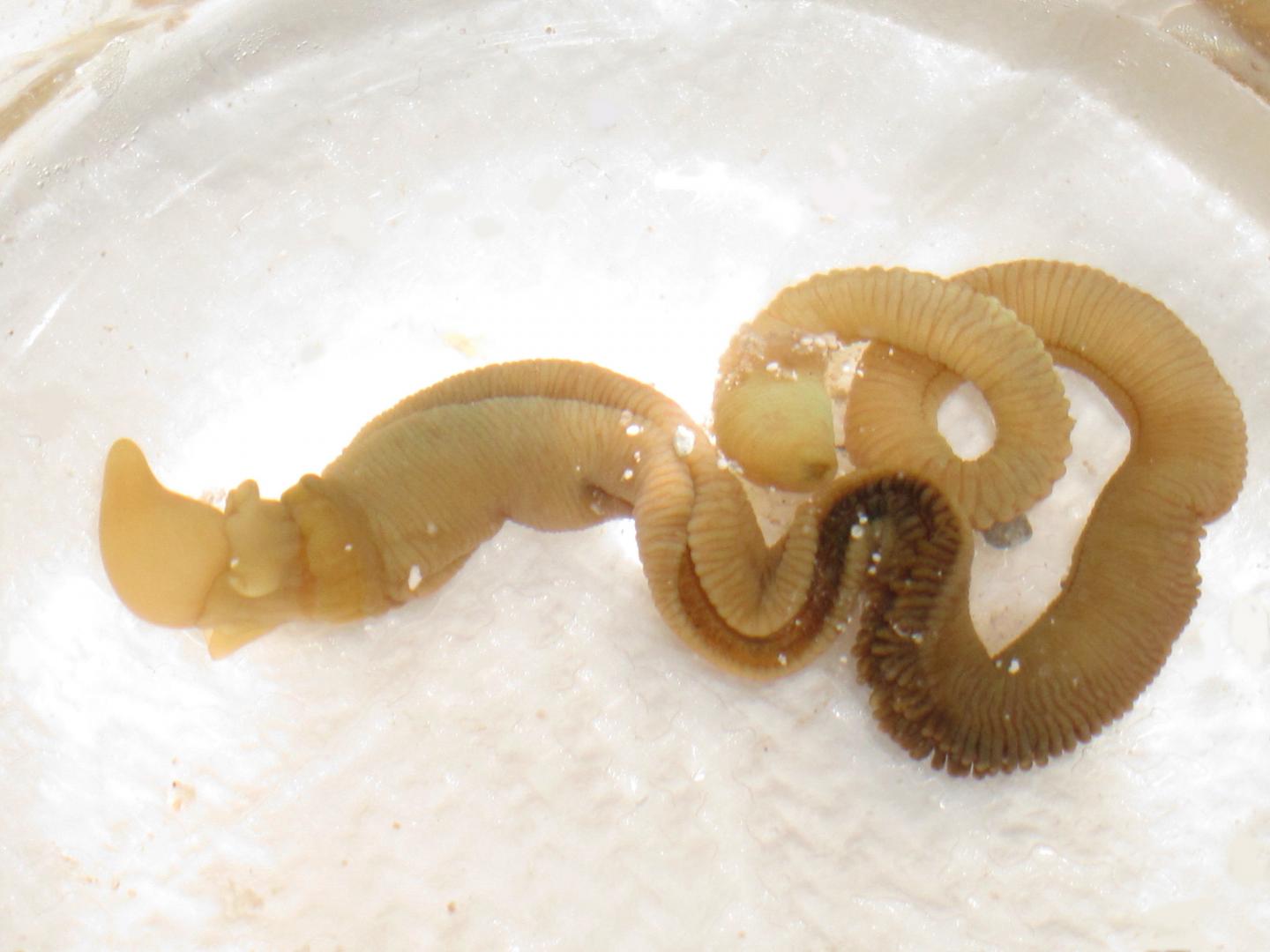We have the potential to regrow our own limbs – we just haven't worked out how yet
Our 'close relatives' acorn worms can regrow every major body part after being cut in half.

Humans could one day regrow their own limbs, we just need to work out the regeneration genes we need to do so, scientists have said. Billie Swalla, director of Friday Harbor Laboratories at the University of Washington, said that because other descendants of our ancestors can regrow body parts, somewhere in our genetic heritage we too possess this ability.
"I really think we, as humans, have the potential to regenerate, but something isn't allowing that to happen," Swalla said. "I believe humans have these same genes, and if we can figure out how to turn on these genes, we can regenerate."
Swalla's comments follow a study looking at the regeneration capabilities of the acorn worm. Acorn worms have an ancestral relationship to chordates, which means they have a genetic makeup similar to our own.
In a study published in the journal Developmental Dynamics, researchers showed that these worms can regrow every major body part after being cut in half. This includes the head, nervous system and internal organs.
Their findings showed that when cut in half, acorn worms regrow head or tail parts on the opposite end in perfect proportions. After 15 days, the worm had regrown a heart, kidneys and neural tube (which in humans corresponds to the spinal cord and brain). Furthermore, after they were done healing, when they were chopped in half again the same thing happened – so four healthy worms could be produced from just one in about one month.
"Regeneration gives animals or populations immortality," Swalla said. "Not only are the tissues regrown, but they are regrown exactly the same way and with the same proportions so that at the end of the process, you can't tell a regenerated animal from one that has never been cut."



But what does this really mean for humans? Because we share many of the same genes these worms use to regenerate their bodies (think for example how our skin grows back), we could harness them to get humans to regrow limbs or other parts including the central nervous system.
In the study, the team also analysed the gene expression patterns as the worms regrew. This will help them understand the mechanisms behind regeneration. Currently, they believe there is a gene or a set of genes that controls regrowth.
Read more:
Tiny flatworm that can regenerate almost its whole body 'is like a floating sack full of stem cells'
Weird world: The cute little 'Peter Pan' monster axolotl that never grows up
If scientists can work out these gene patterns, they could collect tissue from an amputee and activate the genes in the cells to regenerate. This could one day result in a tissue graft being placed on a leg or arm, and then the perfectly-sized limb growing from it.
How and why we lost the ability to regrow limbs is not yet known. It could be we are just too big, meaning the energy required is too great, or it might be that greater importance is placed on healing the wound – preventing infection and stopping bleeding results in scar tissue from which nothing can grow.
The team now plans to work out which type of cells acorn worms use to regenerate. Any human applications are still a very long way off.
"If regeneration is a stem deuterostome trait, it is likely that humans possess many, if not all, of the genetic switches controlling regeneration, but those switches have been modified or inactivated in some way over evolutionary time," the team wrote. "It may, therefore, be possible to reactivate those pathways in humans using information gained from studying genetic models made from animals with extensive regenerative capabilities."
© Copyright IBTimes 2025. All rights reserved.






















